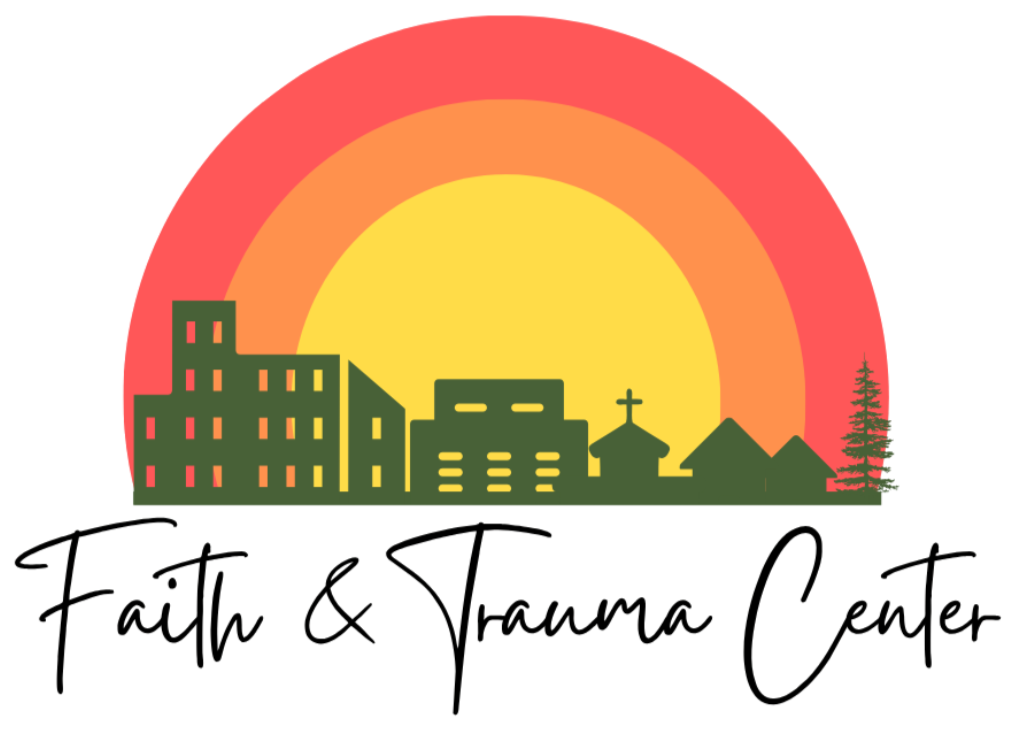by Holly Madden
*This resource is not an academic read, it serves more as a letter of grief and a challenge to honor the disconnect that many people of color and indigenous individuals feel with the wild because of the history of oppression, violence, enslavement, and colonization.
It’s important that this course does not assume that healing has occurred for these populations, or that we should ever forget the way that the connection between people and land has been severed and violated for so many. It’s also critical to note that there is continued harm done in this way.
Colonization often looks like an invasion into land that is often considered sacred, spiritual, or respected. On this sacred land, white people have built their towns, cities, and churches. Many consistent accounts tell stories of christian churches being built on the sacred sites of cultures. Colonization, especially in the United States in the oppression of Indigenous People, was violent, both in the wars and battles that were fought over land, and in the forced relocation of these peoples, and in the removal of children from their families to be forced to grow up in boarding schools where their culture (including their long hair) was taken from them.
Colonization has also looked like enslavement, leading to violent forced removals from land and being taken an ocean away to work as a slave (often suffering horrific mistreatment, rape, torture, and murder) on land. The same land that was stolen from Indigenous tribes.
For many, they hold the ancestral wounds from a time when…
…their land was violently taken.
…they were forced to live on a land far from the land they knew, the land they had tended, the land of their medicine and family.
…their sacred groves or sacred sites were destroyed or taken over.
…they were forced to leave burial sites of their family.
…their land was burned or completely destroyed.
…they were relocated to land they had no knowledge of, no connection to, and were told how they could interact with this land.
…they were oppressed and forced to abandon culture, religion, and traditions.
For many, connection to the wild begins in childhood, modeled by caregivers. Trauma around the land is passed down in this same way.
We must hold space and sensitivity for both.
We must acknowledge our own ancestral stories and roles in oppression and harm, just as much as we must acknowledge trauma and disconnection in our ancestors.
We also have so much to learn from BIPOC when it comes to our connection with the land and the wild world. There are rich traditions, practices, and perspectives that descendants of colonizers do not hold. There is much unlearning to do. There is much new learning to do.
Much of this class honor these rich traditions and perspectives, but no honor can be held without also honoring the gruesome and horrible history that disconnected our BIPOC community from their ancient lands and sacred groves, and these wounds that continue to impact our BIPOC modern communities.
References
-“BIPOC Communities Are Reclaiming Their Ties to Nature.” The Momentum. Accessed June 2, 2024. https://www.themomentum.com/articles/bipoc-communities-are-reclaiming-their-ties-to-nature#:~:text=These%20communities%20have%20had%20deep,first%20settlers%20colonized%20Indigenous%20lands.
Ferdinand, Malcom. “Behind the Colonial Silence of Wilderness"in Marronage Lies the Search of a World".” Environmental Humanities, March 1, 2022. https://read.dukeupress.edu/environmental-humanities/article/14/1/182/294316/Behind-the-Colonial-Silence-of-Wilderness-In.
-“Sacred Groves: How the Spiritual Connection Helps Protect Nature.” Yale E360. Accessed June 2, 2024. https://e360.yale.edu/features/sacred-groves-religion-forests.
-“Native Nations Face the Loss of Land and Traditions (U.S. National Park Service).” National Parks Service. Accessed June 2, 2024.
https://www.nps.gov/articles/negotiating-identity.htm#:~:text=Losing%20Indian%20lands%20resulted%20in,their%20identities%2C%20and%20their%20purpose.
